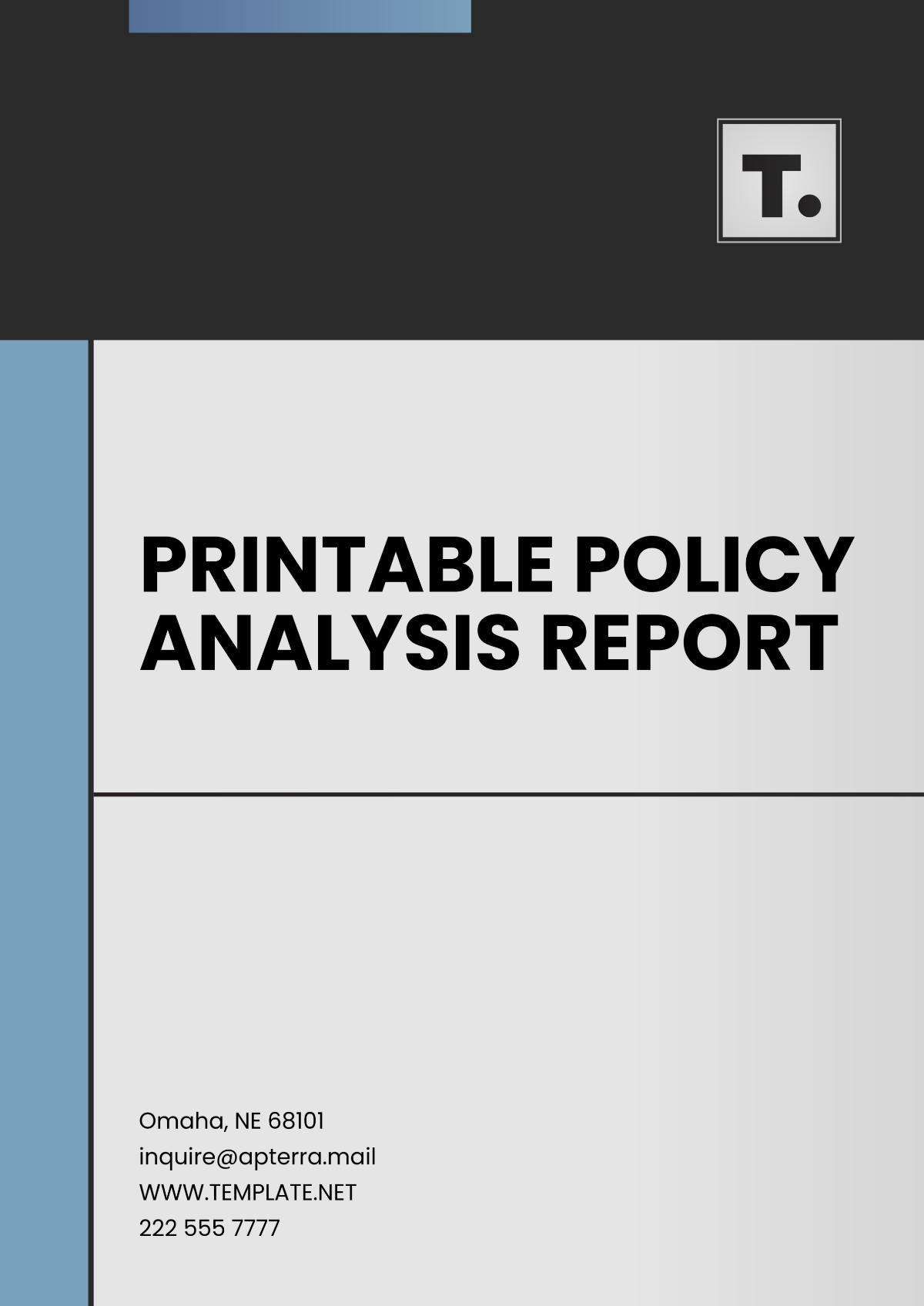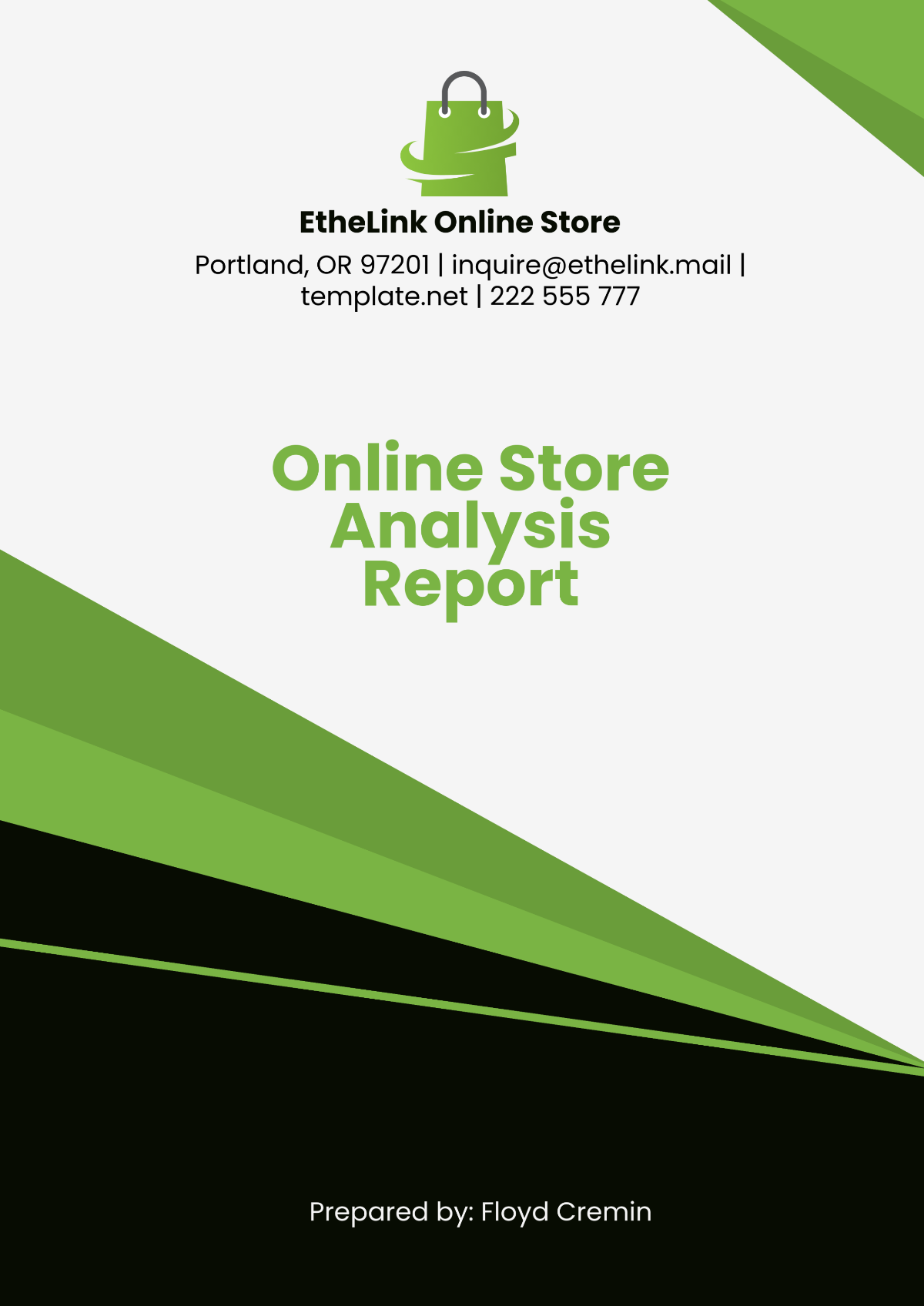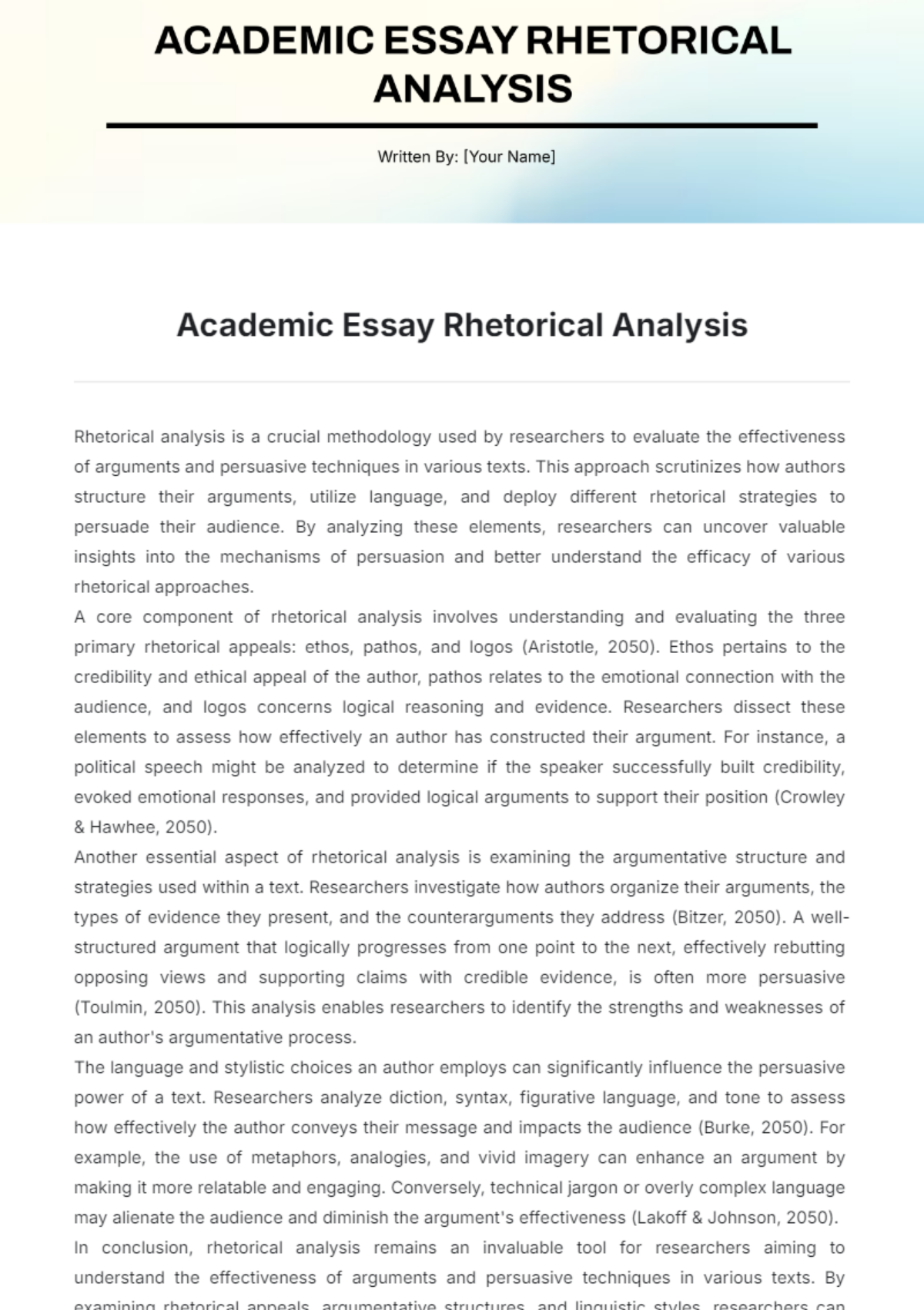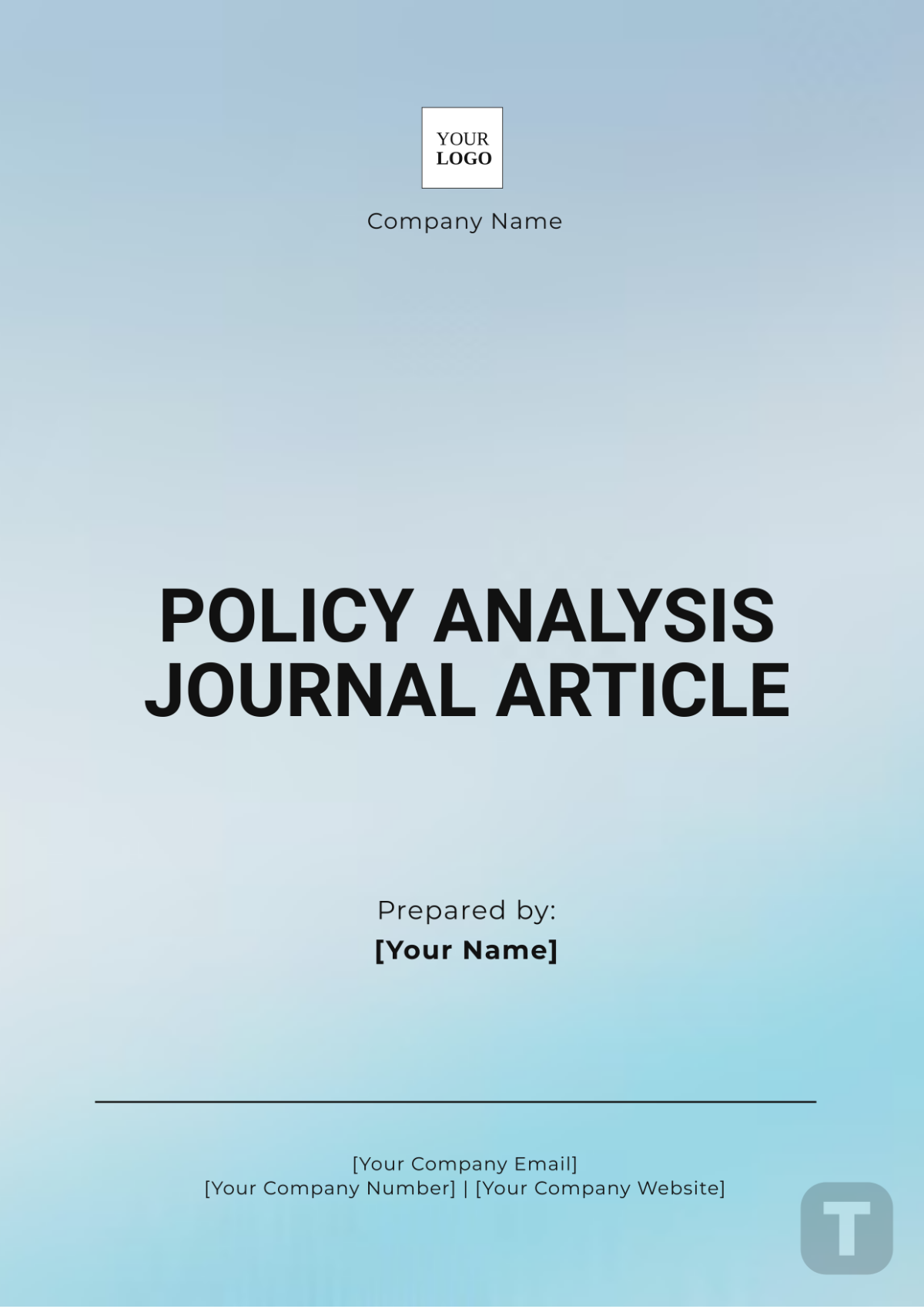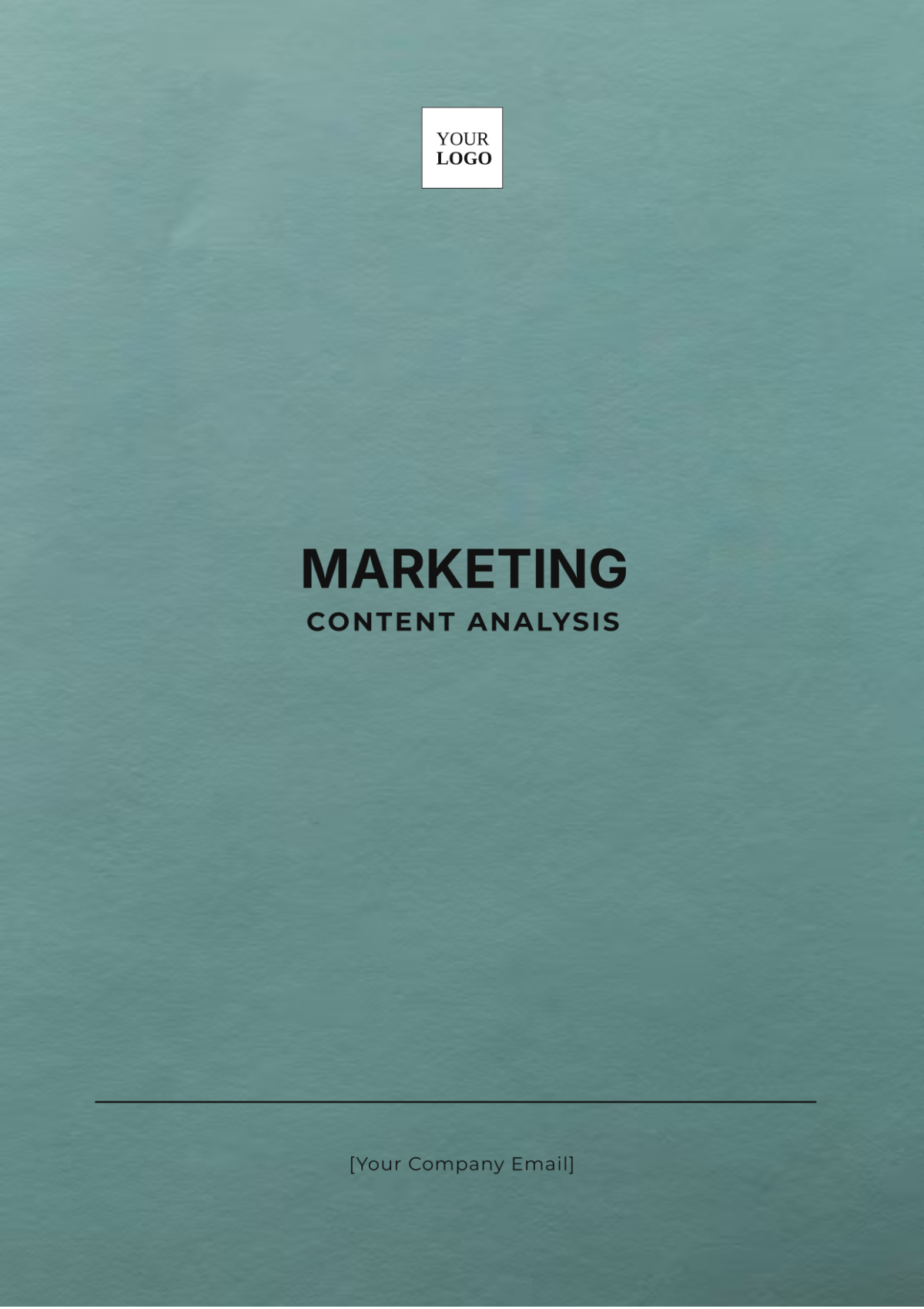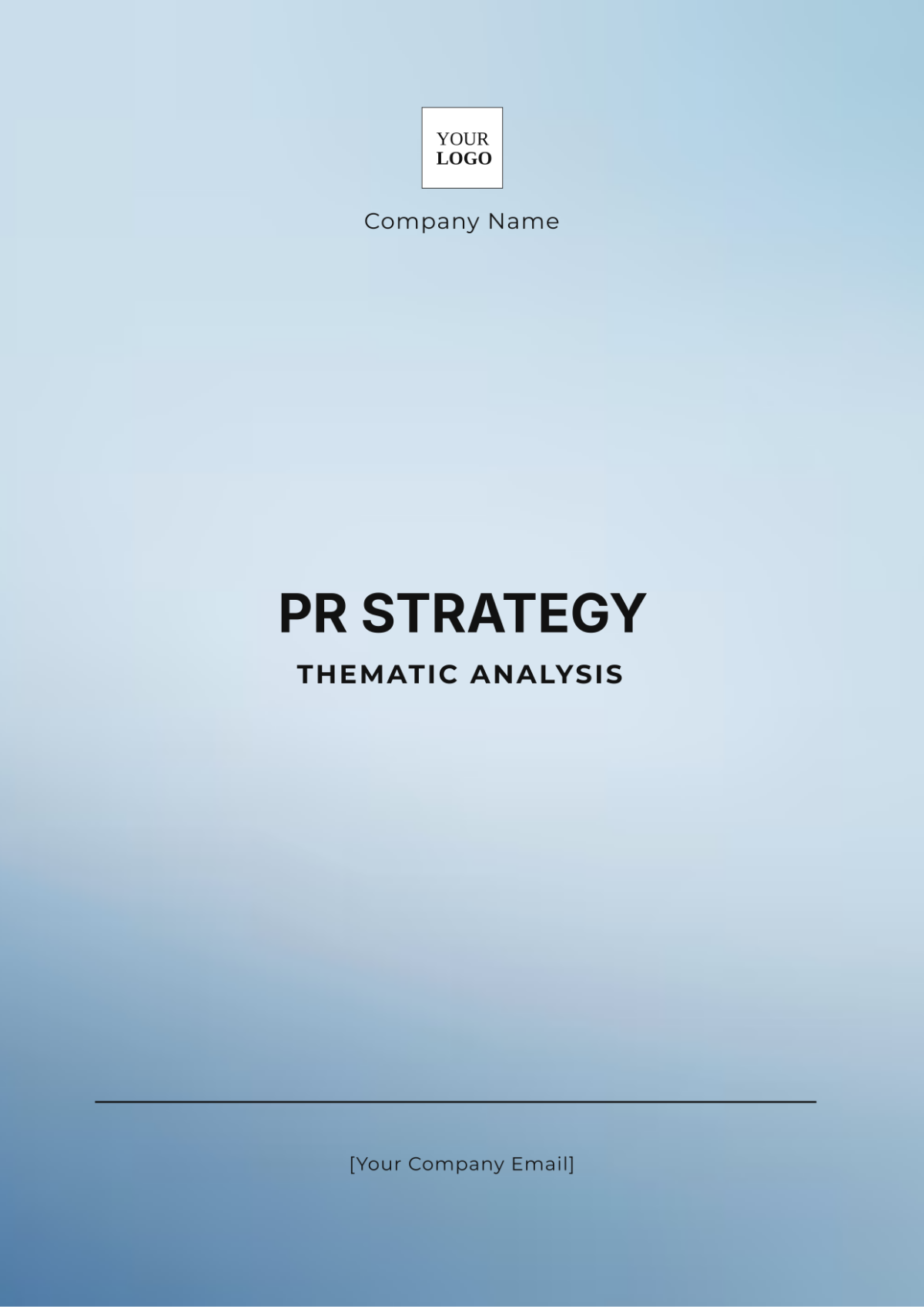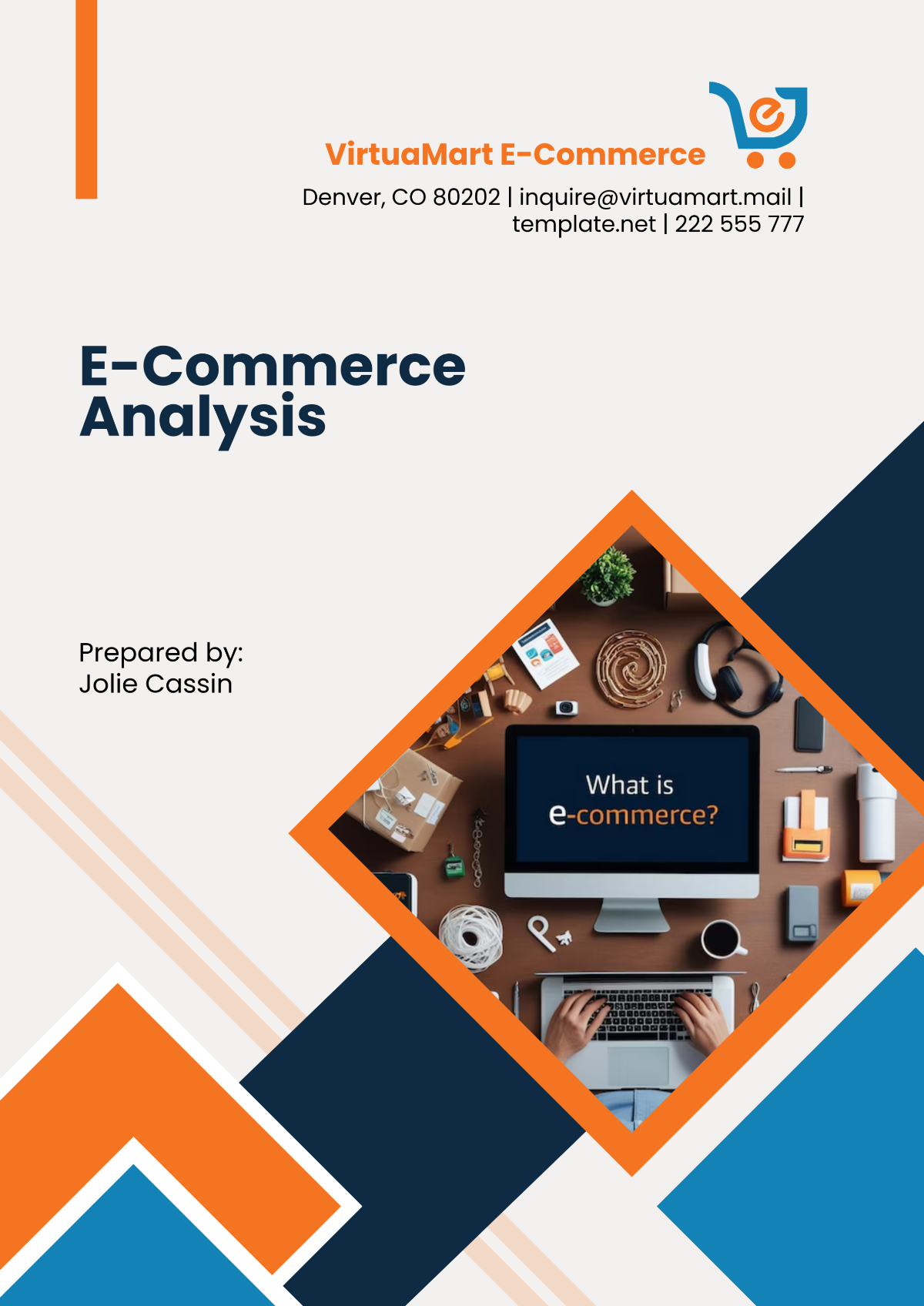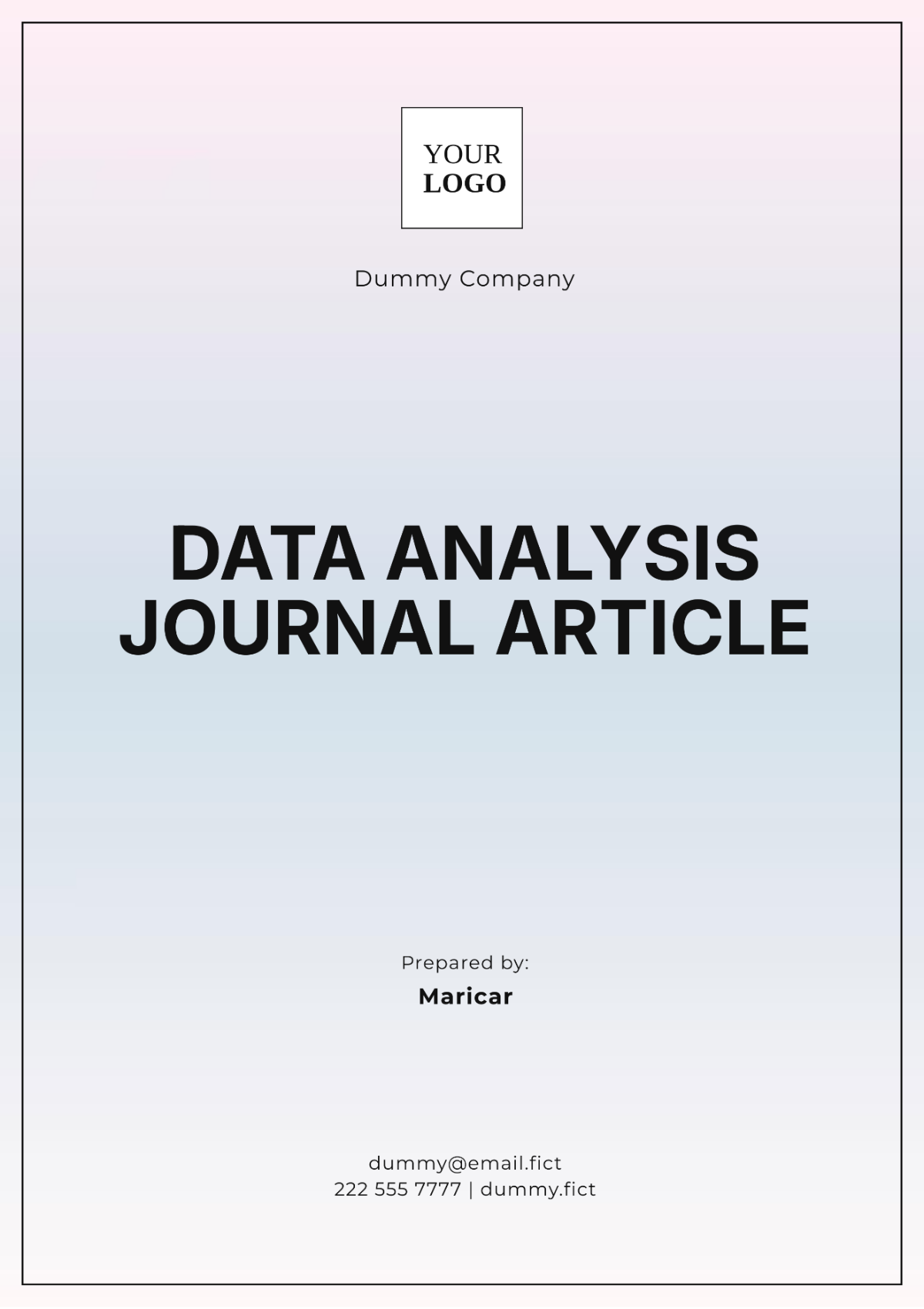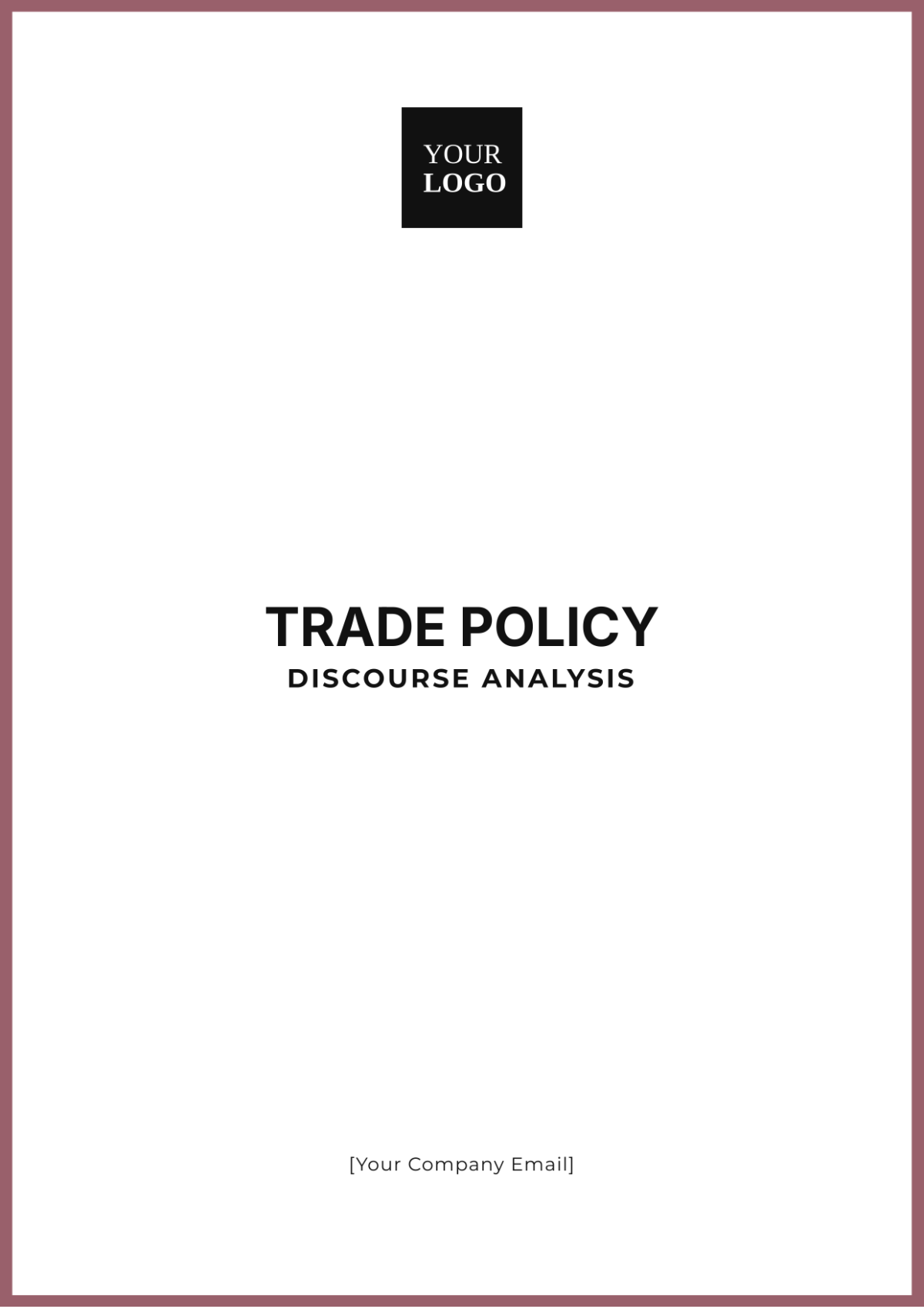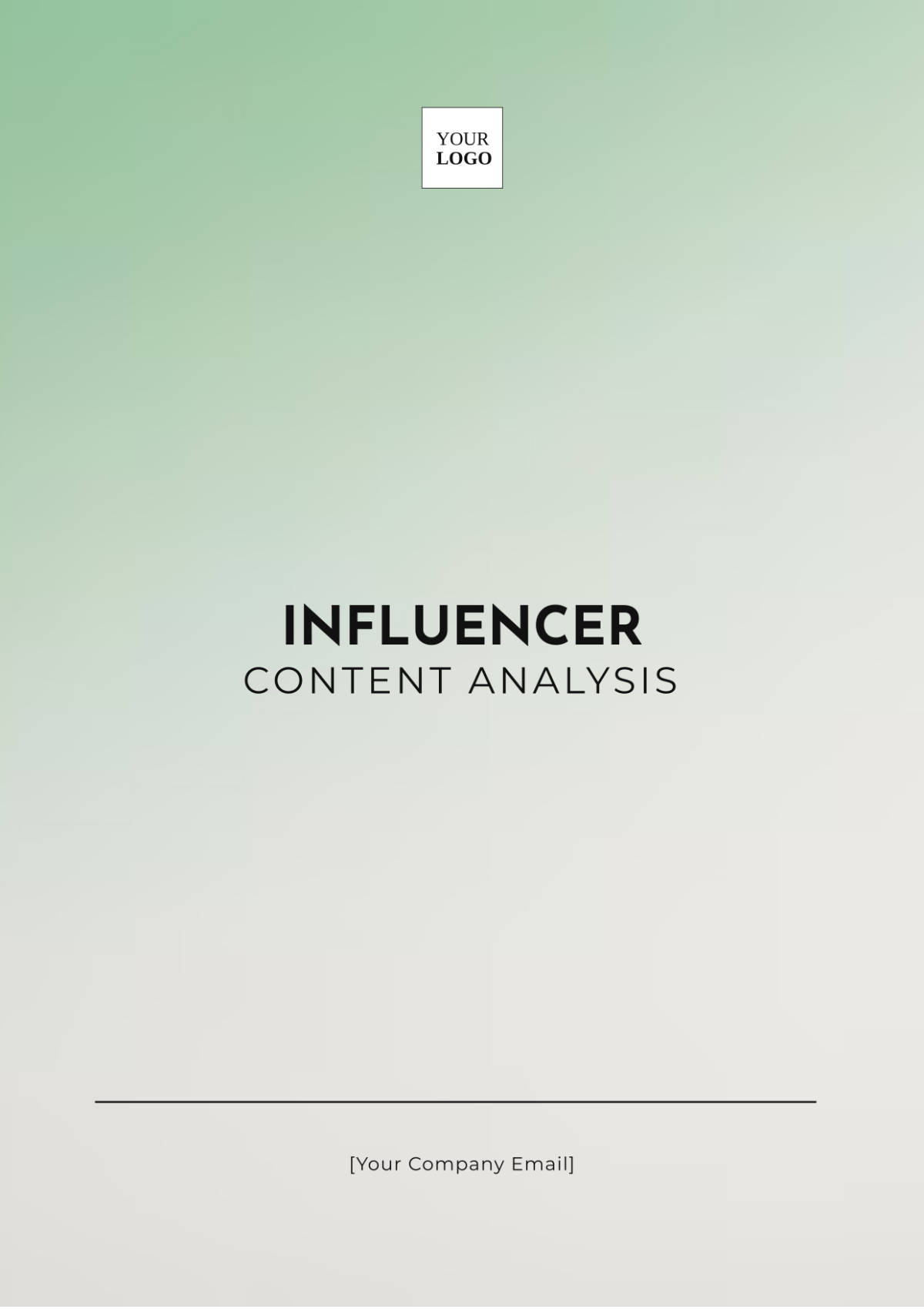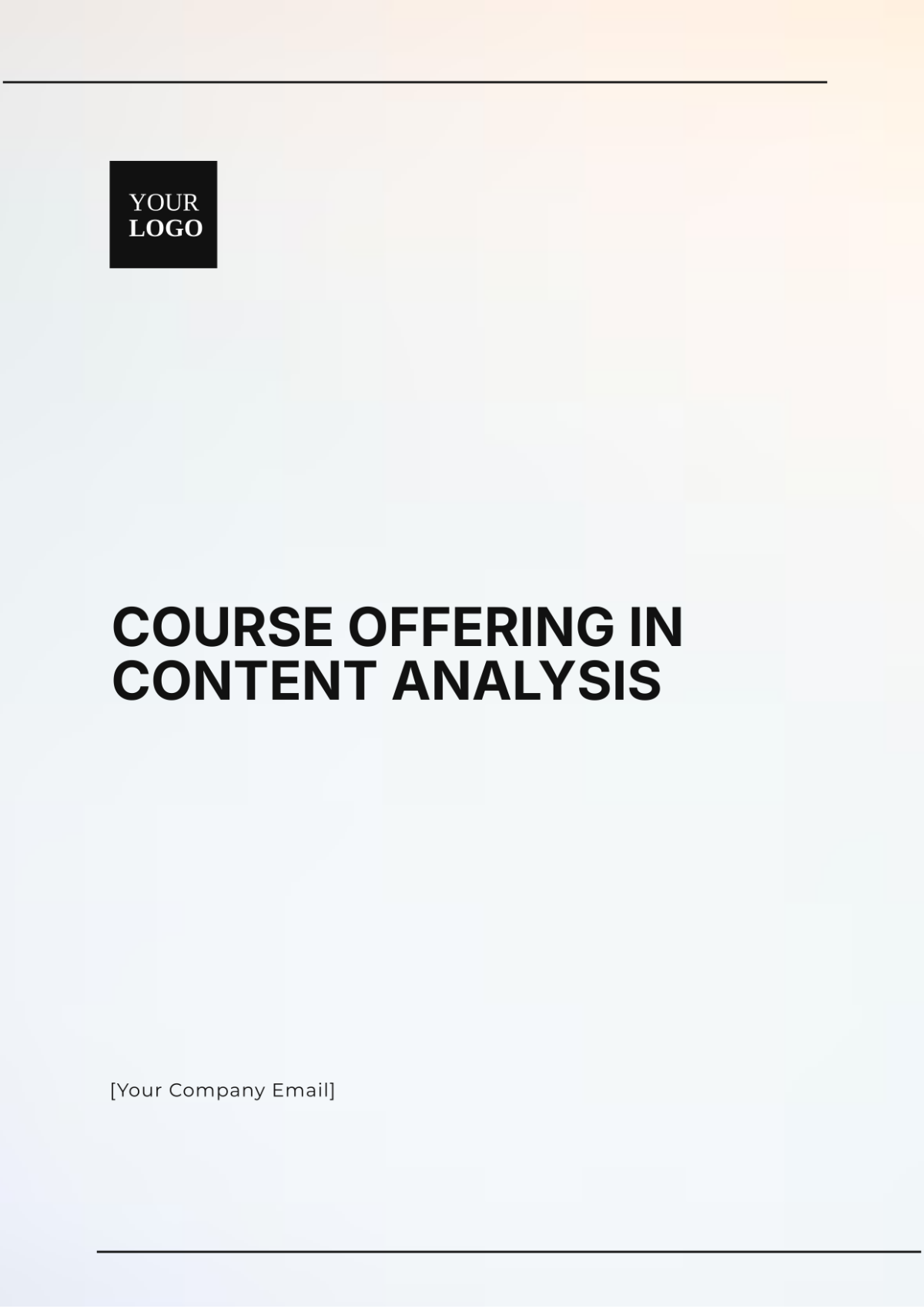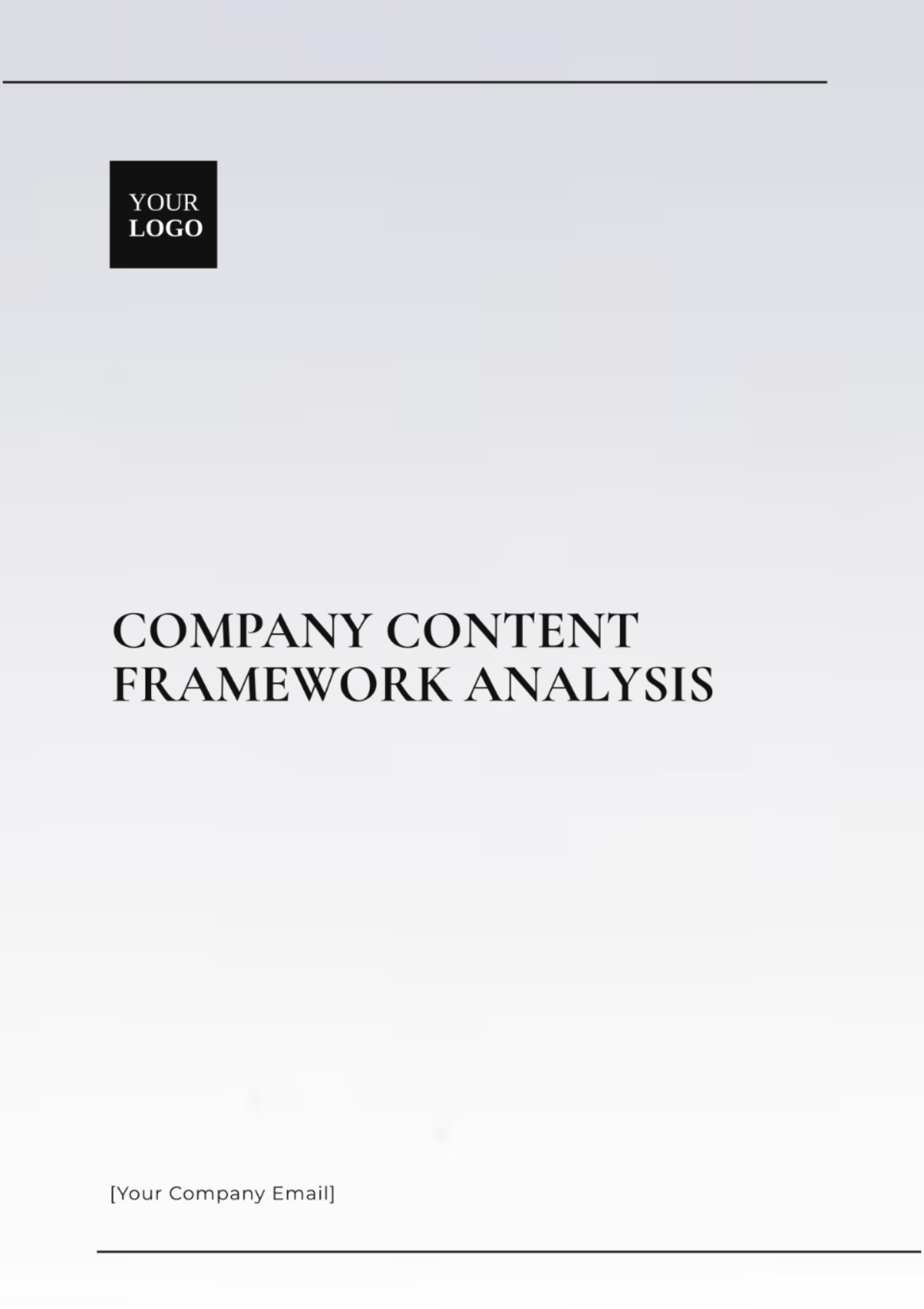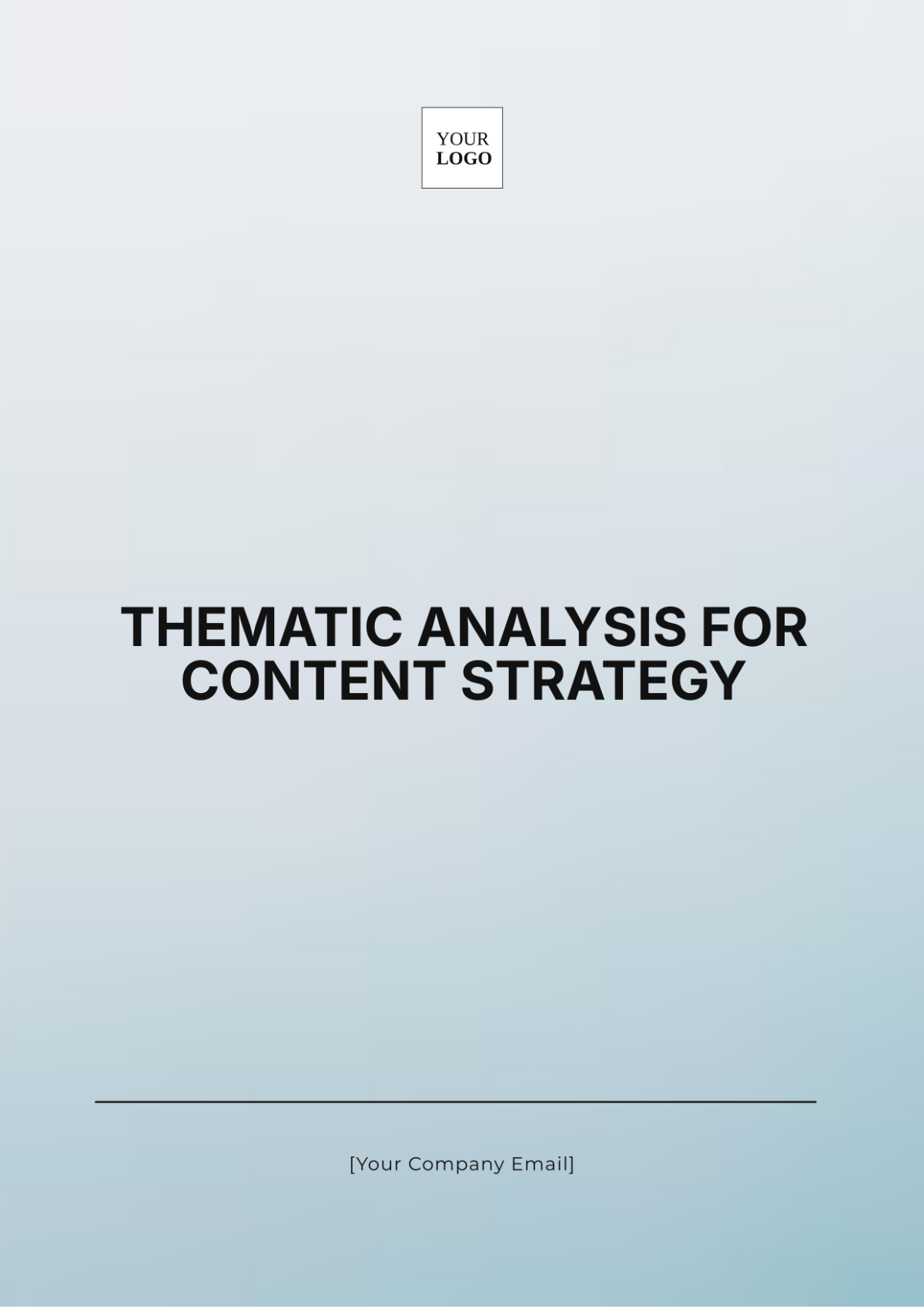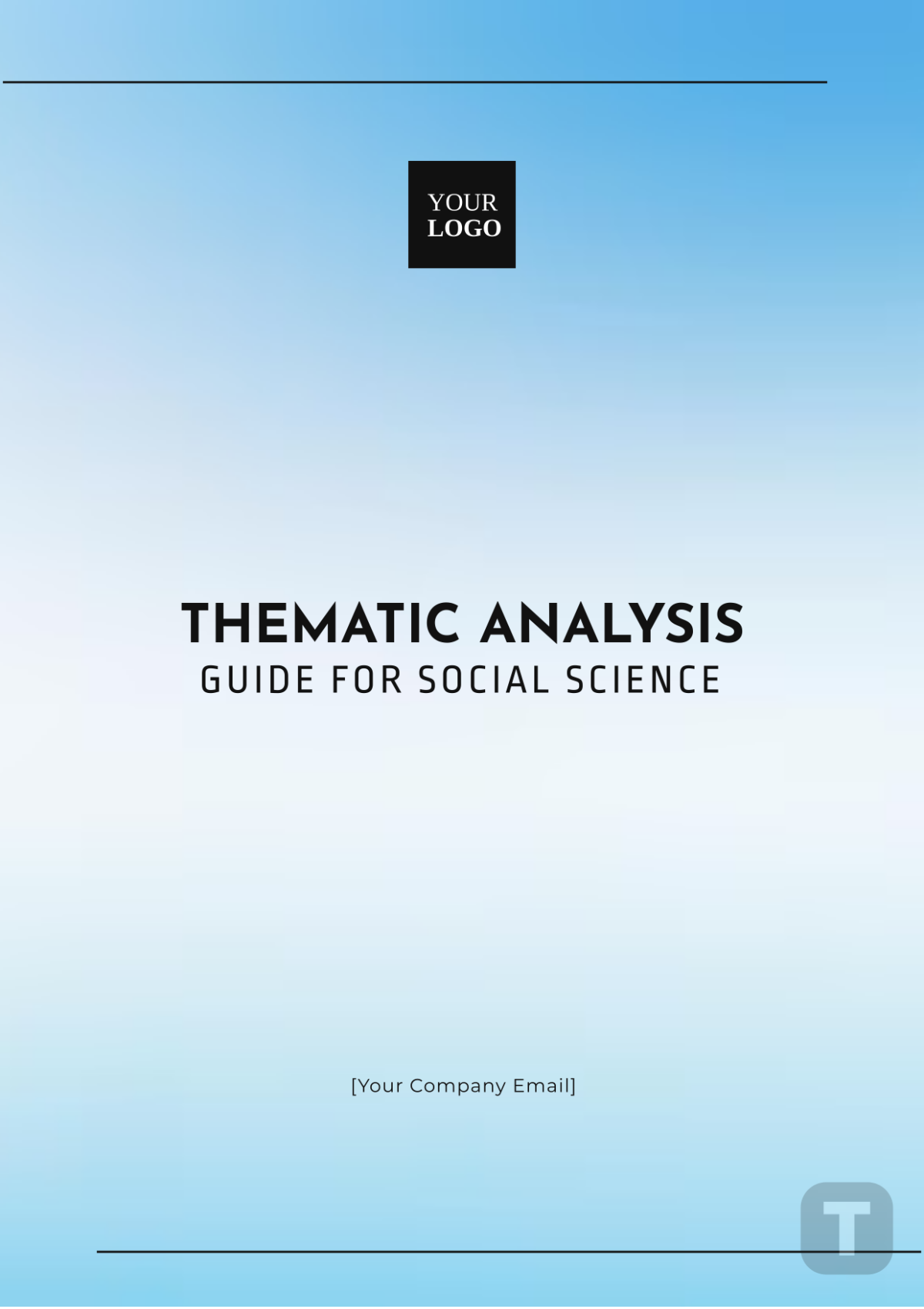Small Business Competitive Analysis
Prepared By : | [Your Name] |
Company : | [Your Company Name] |
Department : | [YOUR DEPARTMENT] |
Address: | [Your Company Address] |
Email: | [Your Company Email] |
I. Executive Summary
Summarize key findings from the competitive analysis in this section.
A. Key Takeaways
Despite intense competition, [Your Company Name] has carved out a niche in providing customized solutions for small businesses.
Opportunities abound in the emerging market segment of eco-friendly tech, with an increasing number of consumers prioritizing sustainability.
Threats include the potential entry of major tech giants into the small business solutions space, posing a challenge to market share.
II. Industry Overview
Provide an overview of the industry landscape.
A. Industry Trends
The technology industry is witnessing a surge in demand for eco-friendly solutions, driven by growing environmental consciousness among consumers.
Virtual reality and augmented reality technologies are becoming increasingly integrated into business operations, revolutionizing customer engagement and product visualization.
B. Market Size and Growth
Year | Market Size (USD Billion) | Growth Rate (%) |
|---|---|---|
2050 | $70 | 10% |
2051 | $77 | 11% |
2052 | $85 | 12% |
III. Competitive Landscape
Analyze your competitors and their marketing strategies.
Competitor | Strengths | Weaknesses |
|---|---|---|
Competitor A |
|
|
Competitor B |
|
|
IV. SWOT Analysis
Conduct a SWOT analysis for your business.
A. Strengths
Innovative product features.
Strong customer loyalty program.
Efficient supply chain management.
B. Weaknesses
Limited marketing budget.
Dependency on a single supplier.
Lack of brand recognition.
C. Opportunities
Expansion into new markets.
Partnerships with complementary businesses.
Launching new product lines.
D. Threats
Intense competition from established players.
Economic downturn impacting consumer spending.
Regulatory changes affecting industry practices.
V. Marketing Strategies
Outline your enhanced marketing strategies and campaigns.
A. Target Audience
Demographic: Age 25-45, urban professionals.
Psychographic: Value convenience and sustainability.
B. Marketing Channels
Primary Channels:
Social media platforms (Facebook, Instagram).
Influencer partnerships.
Secondary Channels:
Email marketing campaigns.
Content marketing on industry blogs.
C. Campaign Ideas
Social media contests to engage customers.
Email drip campaign offering exclusive discounts.
Collaborative content series with industry influencers.
D. Budget Allocation
Total Marketing Budget: $50,000
Allocation Breakdown:
Social Media Marketing: $20,000
Email Marketing: $15,000
Influencer Partnerships: $10,000
Content Creation: $5,000
VI. Conclusion
Summarize the key points and recommendations from the analysis.
A. Recommendations
Invest in improving online visibility through SEO efforts.
Enhance customer engagement through interactive content.
Explore strategic partnerships to expand market reach.
B. Next Steps
Implement the proposed marketing campaigns.
Monitor competitors' activities and adjust strategies accordingly.
Continuously analyze market trends to identify new opportunities.


